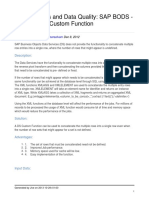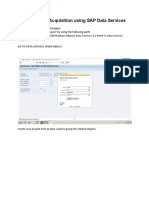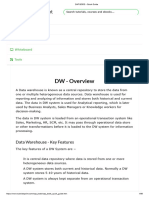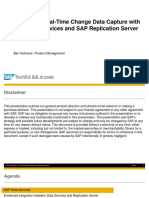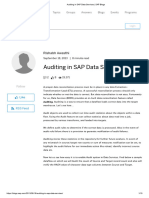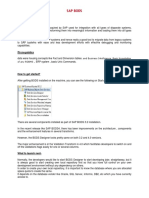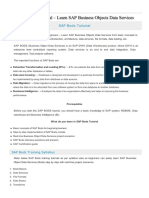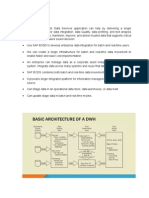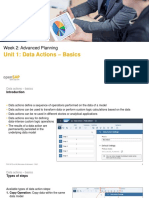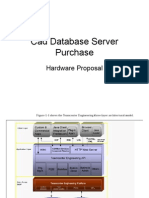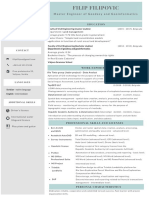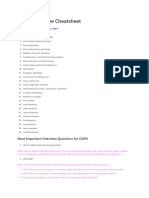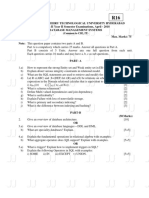0% found this document useful (0 votes)
273 views9 pagesSAP BODS Data Profiling Guide
This document discusses data profiling using SAP Business Objects Data Services. It describes normal and detailed profiling as well as relationship profiling. Normal profiling provides statistics on column values, including unique values, minimum/maximum values, null values, and string lengths. Relationship profiling identifies the percentage of matching and non-matching records between two data sources based on column joins. The profiling results are stored in a profiler repository and can be viewed in the BODS Designer and Management Console.
Uploaded by
1j1j1jCopyright
© © All Rights Reserved
We take content rights seriously. If you suspect this is your content, claim it here.
Available Formats
Download as PDF, TXT or read online on Scribd
0% found this document useful (0 votes)
273 views9 pagesSAP BODS Data Profiling Guide
This document discusses data profiling using SAP Business Objects Data Services. It describes normal and detailed profiling as well as relationship profiling. Normal profiling provides statistics on column values, including unique values, minimum/maximum values, null values, and string lengths. Relationship profiling identifies the percentage of matching and non-matching records between two data sources based on column joins. The profiling results are stored in a profiler repository and can be viewed in the BODS Designer and Management Console.
Uploaded by
1j1j1jCopyright
© © All Rights Reserved
We take content rights seriously. If you suspect this is your content, claim it here.
Available Formats
Download as PDF, TXT or read online on Scribd
/ 9



